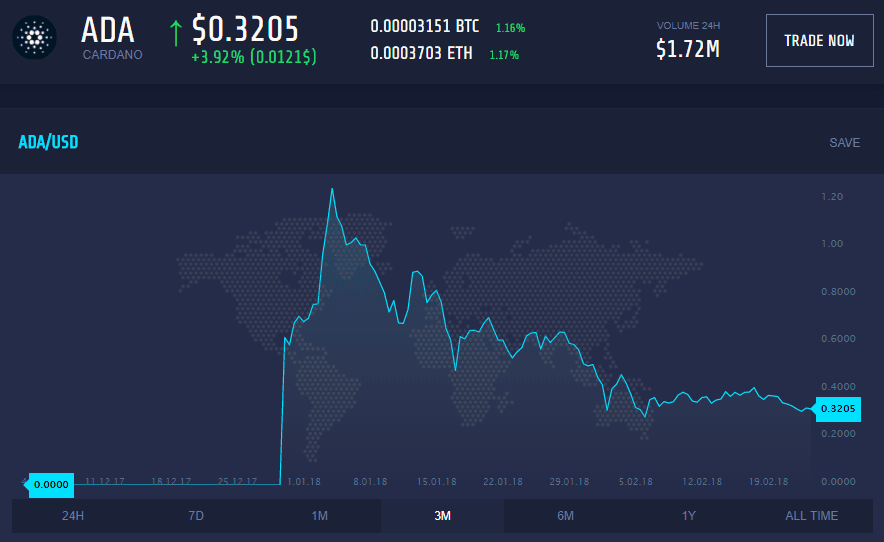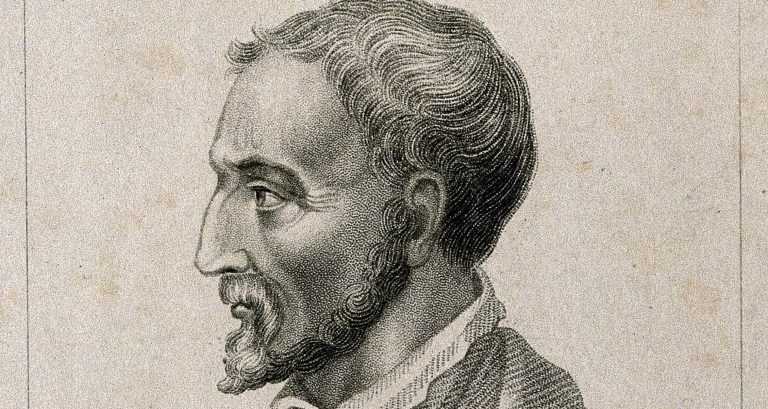Born over half a century ago, in 1501, in a small village close to Milan, Gerolamo Cardano was a physician, mathematician and astrologer ahead of his generation. He is regarded as one of the most outstanding mathematicians of all time. One of his most prominent achievements, highly recognised to this day, was his published work – Ars magna (which translates to The Great Art or The Rules of Algebra). This work has been a pivotal cornerstone in the history and progression of algebra.
Mr Cardano’s research was also ground-breaking in arithmetic as well as in the field of probabilities. In addition, he became especially famous for his books tackling scientific and philosophical questions with anecdotal scenarios.
Combined, Mr Cardano’s cutting edge work in these various areas has helped the fields of math and science evolve into the powerful shape they take today – including the innovative digital asset space of cryptocurrencies and their associated platforms and tools. In fact, Gerolamo Cardano completed innovative work specifically in the field of cryptography. He introduced the world to the Cardan grille, a cryptographic writing tool used for hiding messages in ordinary letters for the protection and security of the information and parties involved.
Fast forward 500 years from his time and the Cardano crypto technology platform is taking the sector by storm. However, though the name of the new cryptocurrency platform is inspired by the famed mathematician, there is no specific connection. The team from the Cardano platform have a consistent track record of naming their tools, coins and platforms after famed pioneers of maths and science through the ages. For example, the platform offers the Ada cryptocurrency – named after Ada Lovelace, often cited as the first computer programmer in the first half of the 19th century.
Cardano Cryptocurrency
Under research and development for over two years, the Cardano blockchain was publicly launched on the 29th September 2017, followed shortly by the launch of Cardano’s Ada token – which was made available for trading on the 1st October 2017 at Bittrex exchange. The Ada cryptocurrency – a crypto currency for sending and receiving digital funds – has been on a rapid growth trajectory since launch – recently growing enough to become the fifth largest cryptocurrency behind Bitcoin, Ethereum, Ripple, and Bitcoin Cash.

The goal of Cardano is to offer a technological platform that solves a broad range of financial transaction needs – with applications on offer to be used every day by individuals, organisations and governments across the globe. In addition, the team hopes to make ADA a mainstream cryptocurrency – with plans to release 25 ATM machines in Japan this year.
Philosophical Approach
Another key design feature of Cardano is the incorporation of a philosophical approach – another element tying the platform in with the Cardano name. Cardano and its blockchain have been designed with a key focus of asking “Why?” throughout the process – working from a point of view embracing a collection of design principles, engineering best practices and avenues for exploration, rather than a rigid approach. In addition, Cardano’s technology has been built based on peer-reviewed research – incorporating ideas and concepts from some of the world’s foremost universities. This respect for academic rigour also hints at reasoning for the Cardano name choice – alongside the many other elements named after famous researchers and philosophers.
Perhaps drawing on the powerful inspiration from historic academic pioneers has been keeping the team focussed? In any case, with an ambitious road map and forecasted continued high growth for 2018 it looks like there is a bright future ahead for Cardano.

